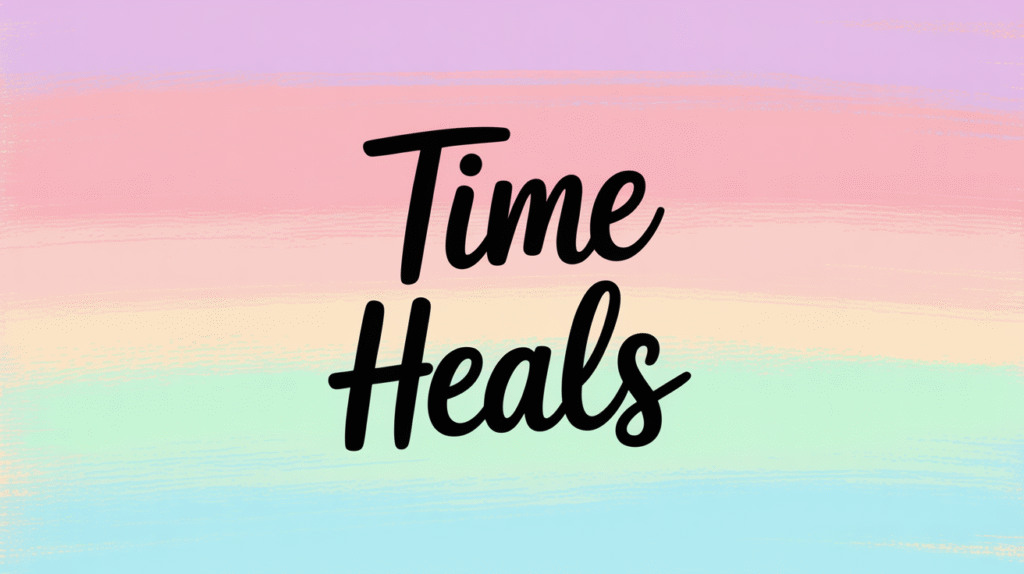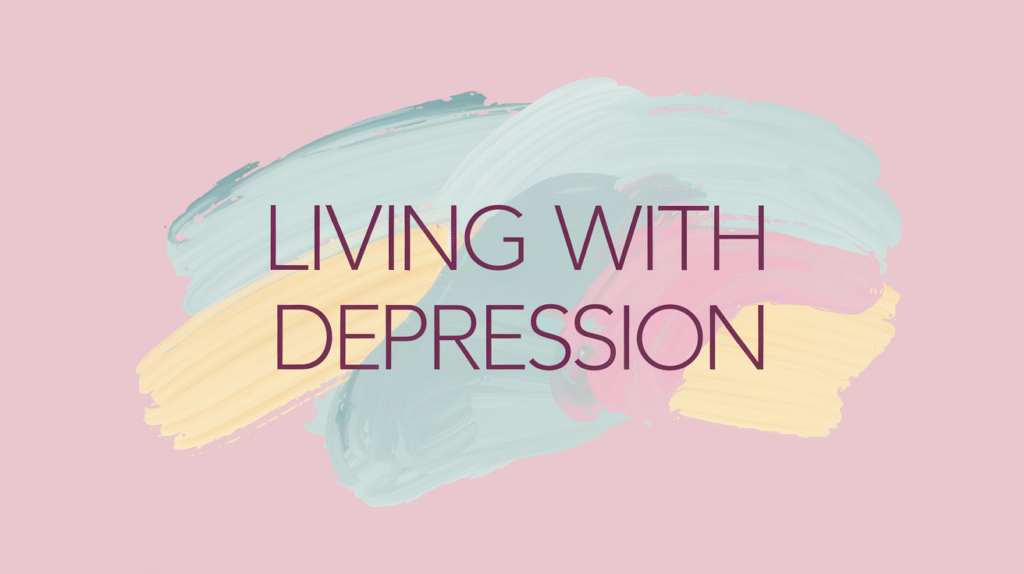
Looking Past the Surface of Time
“It has been said that time heals all wounds. I don’t agree. The wounds remain…” Rose Fitzgerald Kennedy’s words cut deep, resonating like a haunting lyric that lingers long after the music ends. Much like the slow fade-out of a heavy ballad, pain doesn’t just vanish—it evolves, shifts, and resettles. We often expect time to be the great healer, but the truth is more layered. Time may quiet the noise, but true healing requires effort, intention, and reflection. In this post, we explore what emotional wounds really are, why time alone isn’t enough, and how we can engage more meaningfully with our healing journey.
Our emotional pain doesn’t vanish simply because the calendar turns. Instead, it changes shape, sometimes hiding under scar tissue we mistake for recovery. But just as a powerful song stirs emotion every time we hear it, certain losses, traumas, and betrayals never fully fade. And yet, even within that reality, we can find strength, rhythm, and harmony again—if we’re willing to tune into the deeper layers of our experience.
Understanding the Pain That Lingers
Emotional wounds are not fleeting stings; they’re echoes of moments that shook our foundation. They can stem from grief, heartbreak, betrayal, trauma, or sudden loss—moments where we felt exposed, broken, or powerless. These experiences often redefine how we trust, relate, and even how we perceive ourselves. Left unacknowledged, they can silently shape our behavior, much like a dissonant note altering the feel of an entire song.
What makes these wounds so potent is their invisibility. Unlike physical injuries, there’s no cast or scar others can see. That can make the pain more isolating, and it’s why we often lean on platitudes like “time heals.” But healing doesn’t mean forgetting—it means integrating. It means letting our wounds be part of the music, not the whole setlist.
Why Time Isn’t Enough
There’s comfort in the idea that time will fix everything. It removes pressure and responsibility. But healing isn’t passive—it’s active. Just as no band improves by merely waiting around between gigs, emotional wounds don’t resolve without effort. Time can dull pain’s sharpest edges, but it won’t replace reflection, vulnerability, or support.
To heal, we have to engage. That might look like therapy, journaling, talking to a trusted friend, creating something expressive, or taking time to be still with our feelings. These actions allow us to reshape the narrative of our wounds, to find meaning or at least peace within them. Time can be the backdrop—but we are the ones who must write the next verse.
Coping Isn’t the Same as Healing
Our minds, in an effort to protect us, often cover old pain with emotional “scar tissue.” We distract, deflect, or numb—sometimes through overwork, sometimes through silence. These coping mechanisms can get us through the storm, but they rarely bring closure. Like blasting loud music to drown out feedback, they mask the pain without addressing its source.
Healing means turning down the noise and sitting with what hurts. It means asking ourselves what we still carry and whether it’s serving us. It means replacing temporary fixes with sustainable tools: mindfulness, connection, boundaries, creativity, rest. When we engage with these tools, we shift from merely surviving to slowly building something new.
Turning Wounds into Wisdom
There’s no universal blueprint for emotional healing, but one common thread is the power of community and introspection. Speaking your truth in a safe space, whether in therapy, support groups, or trusted relationships, can loosen the grip of isolation. When others see and accept us in our vulnerability, it becomes easier to accept ourselves.
We also build resilience by acknowledging what we’ve overcome. Looking back at who we were during our most painful moments, and seeing the strength it took to carry on, can be healing in itself. Reflection turns pain into perspective, allowing us to move forward without pretending the past didn’t happen. Our wounds become part of our rhythm, not our downfall.
What Does Healing Look Like for You?
Time may soften the sharpness of our pain, but it doesn’t erase it. Healing isn’t about waiting—it’s about choosing to work through what hurts with compassion, courage, and patience. Like composing a new song, it takes trial, error, and a willingness to keep playing even when the chords don’t sound right at first.
So ask yourself: What are you still carrying that needs attention? How do you respond to emotional wounds—do you wait for time to do the heavy lifting, or are you ready to engage with your healing? What small step can you take today to bring more harmony into your inner world?
You’re not alone in this process. The scars may remain, but so does the strength you’ve built around them. Let that be your encore—the truth that you kept going, kept growing, and learned to carry your pain with grace. Keep tuning your instrument. The next verse is still yours to write.



